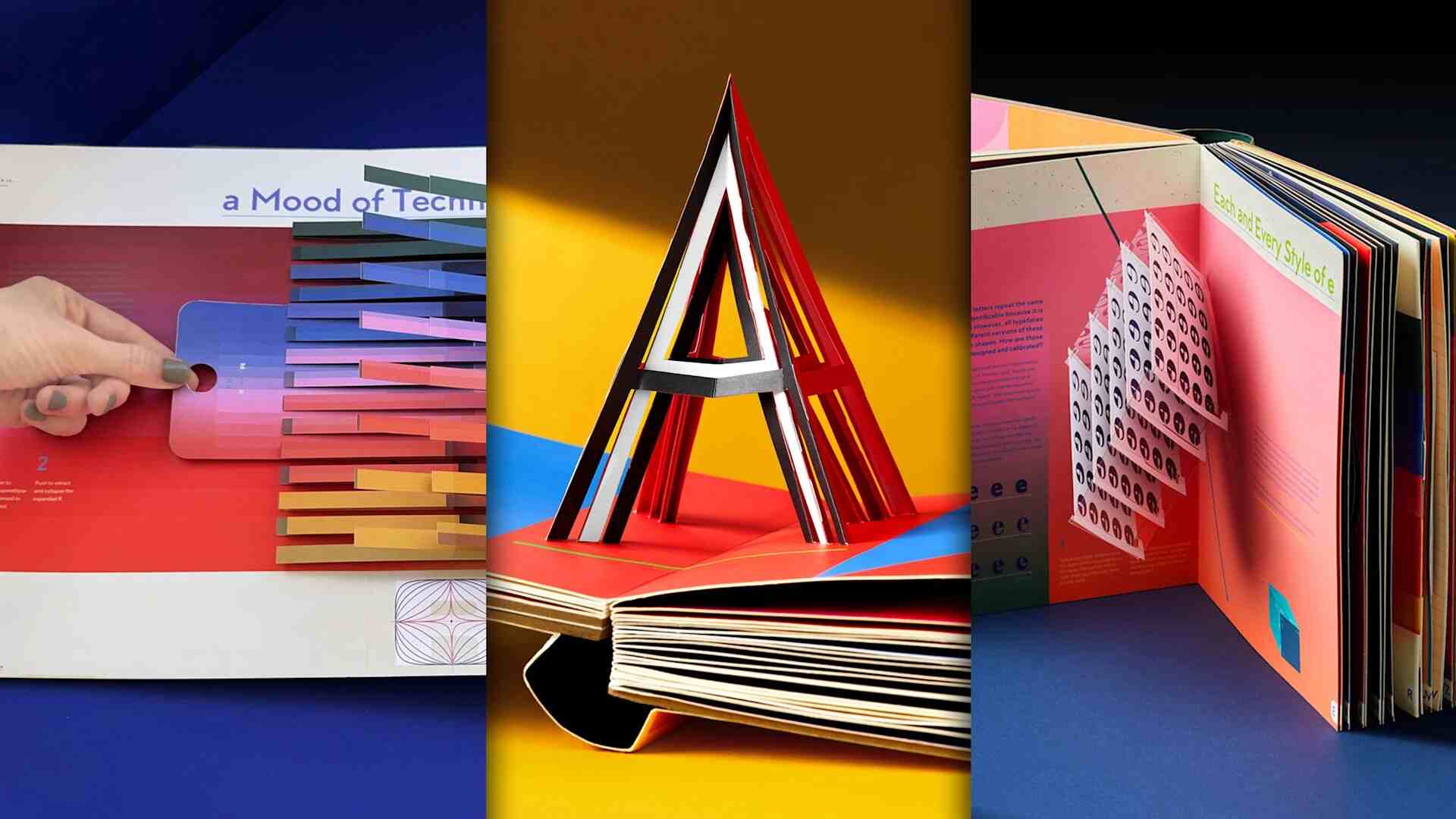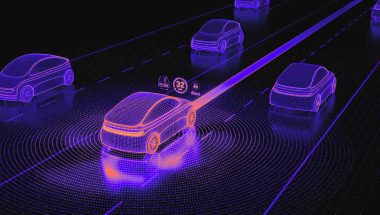- | 8:00 am
Hybrid cars have never been more boring—or more popular
Hybrid car design has become a stepping stone and a gateway drug for the EV curious.
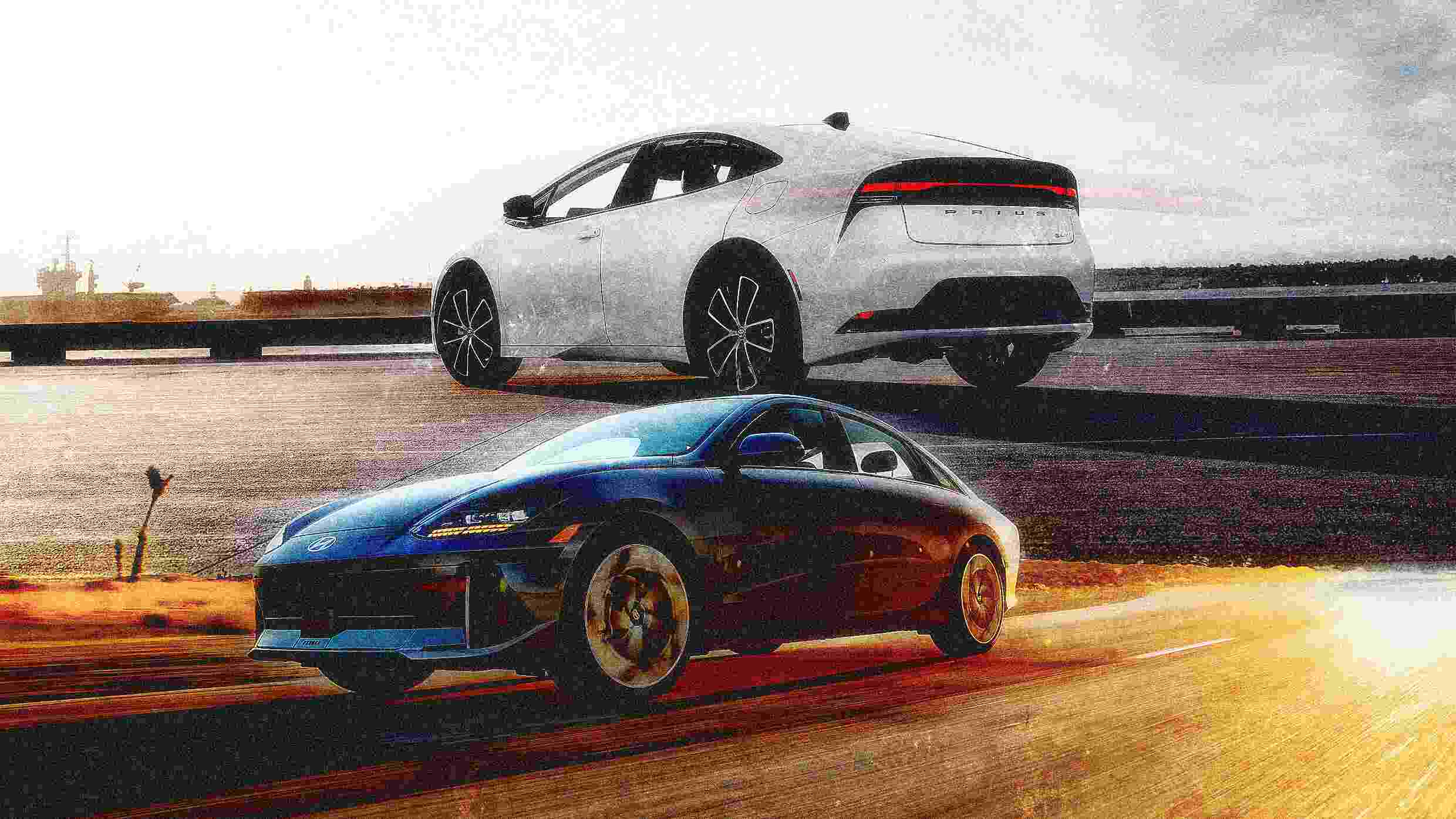
When the concept of the hybrid gas-electric car first entered the general consciousness, it came in the weird, sort of dorky form of the 2004 Toyota Prius. When it was released, the Prius immediately became the head-turning car of the moment. Shaped vaguely like the blunted nub of an old crayon, the Prius was neither sedan nor SUV nor any other type of car most consumers were familiar with at the time.
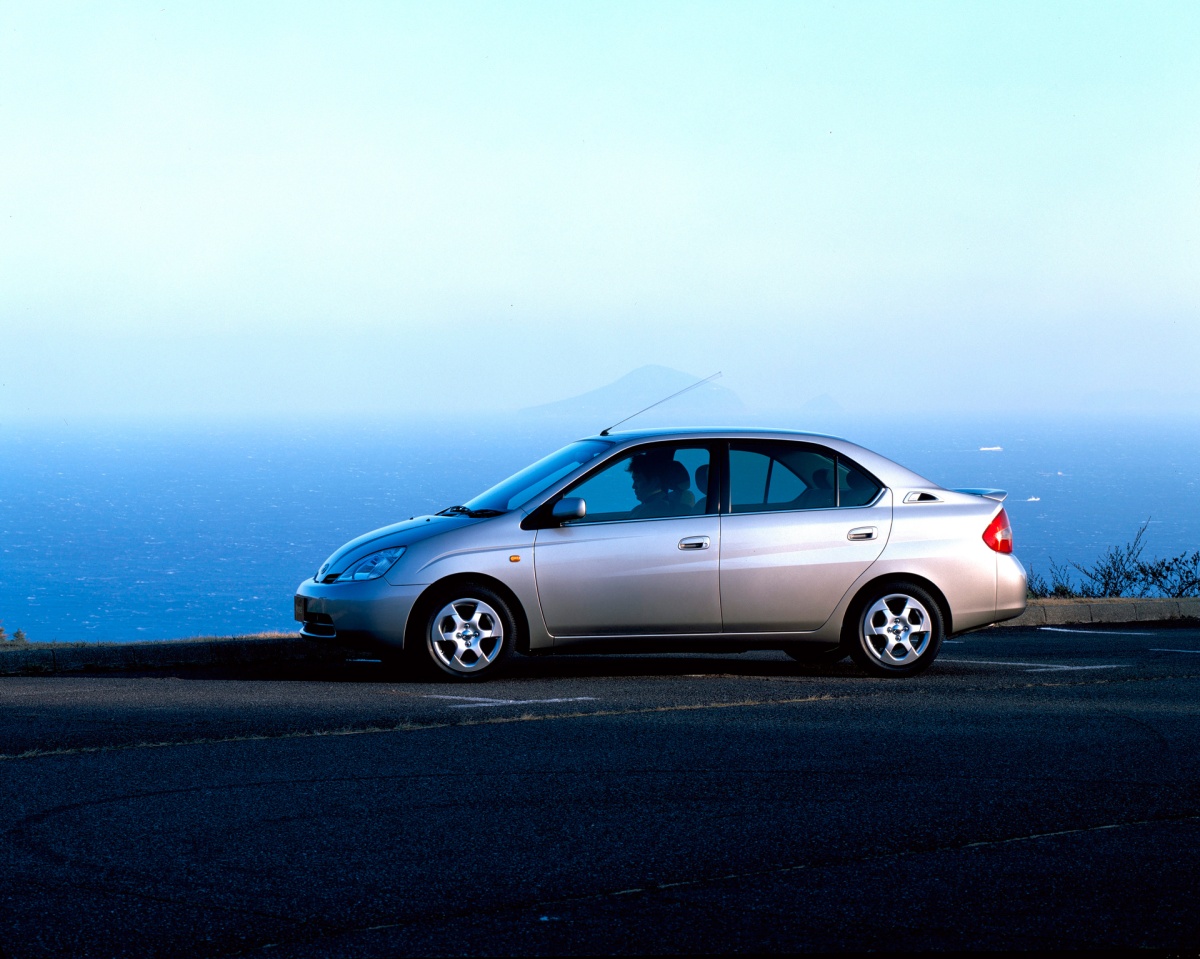
The car was an update to the original Prius, which launched in Japan in 1997 and in the U.S. in 2000. By comparison, the 2004 Prius looked more like a space station escape pod than a part of the morning commute. It was the kind of car people would see driving by and say, “What is that thing?”
Which is exactly what Toyota wanted.
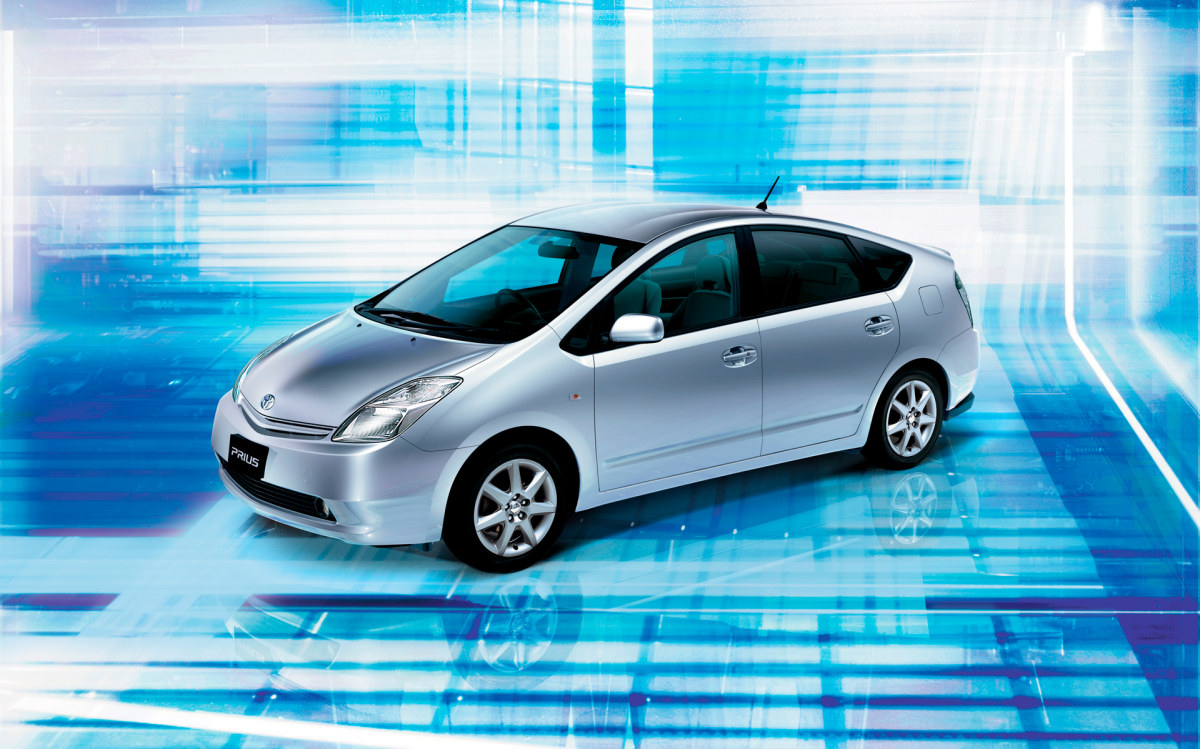
“It was really one of the first mass-market hybrids. There was an attempt to have some different messaging about that car,” says Kevin Hunter, president of Calty Design Research, the Toyota studio that designed the first Prius. “There were a lot of good reasons to set it apart from ICE [internal combustion engine] models.”
In the years since the Prius launched, hybrid cars have become markedly less weird. In fact, today they are considered by many customers—and automakers—as the “safe” choice as the auto industry edges closer to transitioning away from highly polluting ICE cars and toward electric vehicles. Under new climate regulations issued by the Biden administration, the majority of new cars sold in the U.S. will be hybrids or EVs by 2032.
In this new world, hybrid cars have found themselves playing the role of the approachable stepping stone. With just enough of the old technology to keep things familiar and just enough of the new to open consumers’ eyes, the hybrid car has made a potentially harsh transition much more agreeable.
As a result, hybrid design today is more about blending in than standing out. Instead of introducing consumers to a gas-light driving experience, the design of hybrids is increasingly becoming part of the way car companies are luring customers into the EV age.
HYBRID CARS AS A GATEWAY DRUG
Hybrids are now produced by nearly every major automaker, and they accounted for about 8% of all light-duty vehicle sales in the U.S. last year. Certain car models come in both hybrid and full gas versions, and they can be hard to tell apart. The hybrid has become so established that picking one is akin to going to a car dealership and opting for the model with the sunroof.
“I think we’re in the camp now where we don’t need to make a massive, weird statement about the technology,” Hunter says. “We want our cars and trucks to look attractive, appealing. There needs to be a little sense of familiarity there. There’s a comfort associated with that, not like you just landed on the moon.”
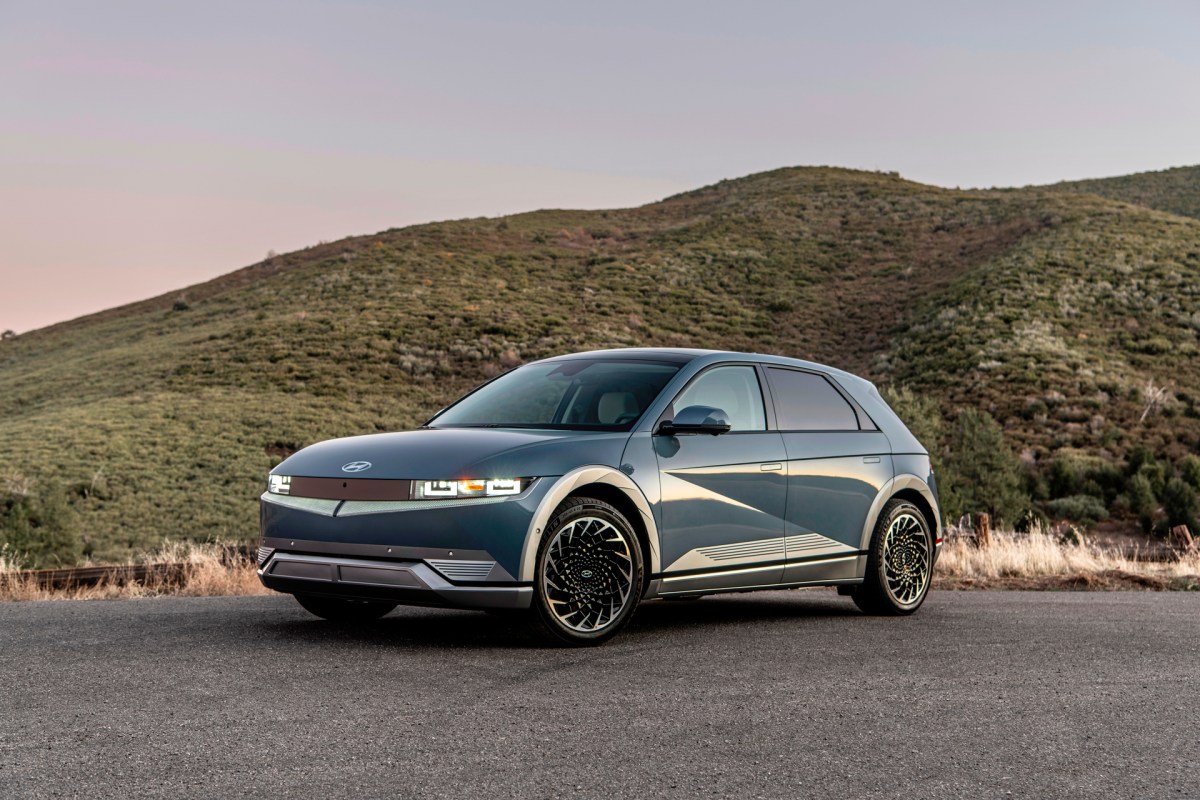
ICE cars still account for more than 80% of all sales, and it’s clear that electric vehicles are not taking the throne anytime soon. Sales of EVs have declined across the industry over the past several months. At the same time, hybrid car sales are increasing, with a 65% jump in sales from 2022 to 2023. Toyota, for one, has made hybrids a major focus in recent years, increasing their production while dialing back efforts to sell fully electric vehicles.
GM, which has been expanding its electric offerings in recent years, recently announced it would reintroduce some hybrid models (it cut the production of its last hybrid in 2020). Hybrids are trying harder to compete with ICE vehicles, and they are finding some success.
“With internal combustion engine cars, in some ways our designers’ job was a lot easier and simpler. You just had to make the next car look better than the last one,” says Hak Soo Ha, design director for Hyundai. “There’s a lot of work that needs to be done by our designers to make our [hybrid and electric] cars get noticed and make people curious.”
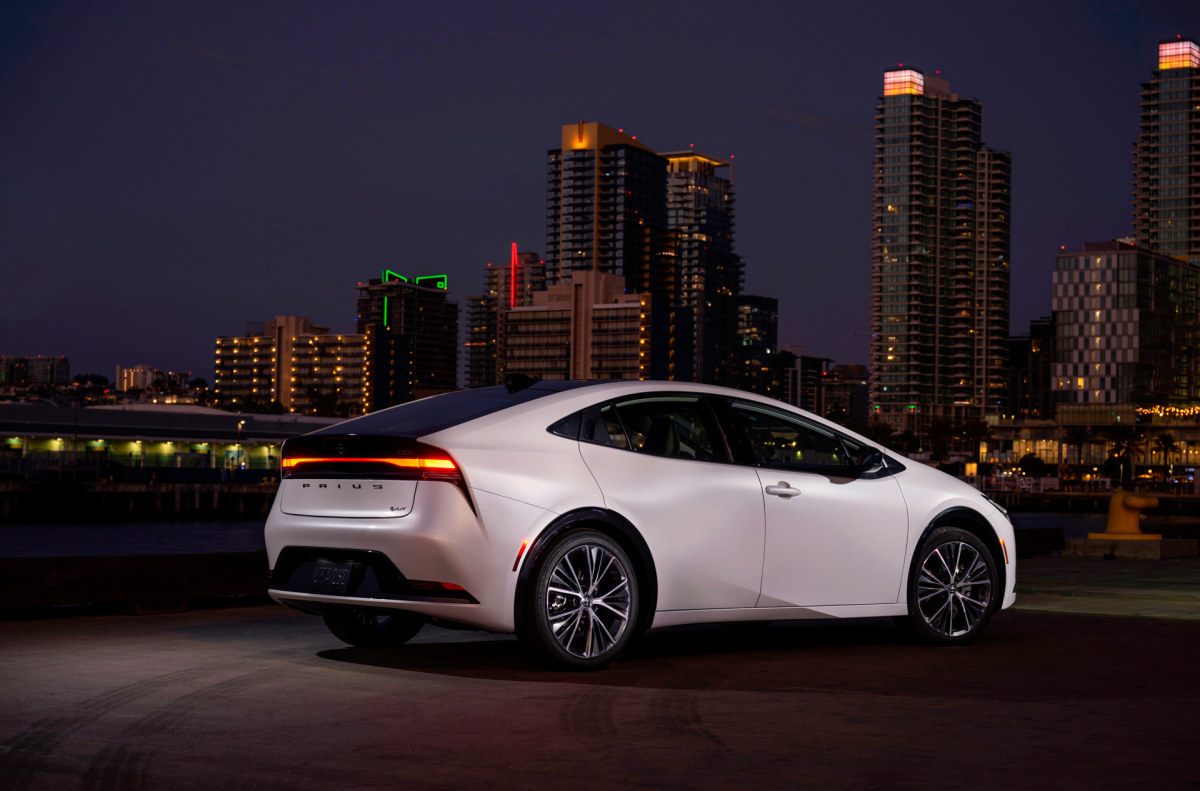
For some automakers, this has meant rethinking how to approach their hybrid models. “If you look at the latest Prius, it’s pretty respectable,” Ha says. “The profile is really progressive, the stance has gotten a lot wider, they’re putting [on] bigger wheels and tires. So they’re actually taking a little bit of an aerodynamic hit in making a car that is a lot more attractive to the eyes of consumers.”
Ha admits that Hyundai is working from the same playbook. “With our first Ioniq [a 2016 model with hybrid, plug-in hybrid, and electric versions], it had small, 15- or 16-inch wheels and tires. The whole focus was on range and dynamics. But our Ioniq 5 and Ioniq 6, they have 20-inch wheels. They don’t look like these dinky, green, environmentally friendly machines.”
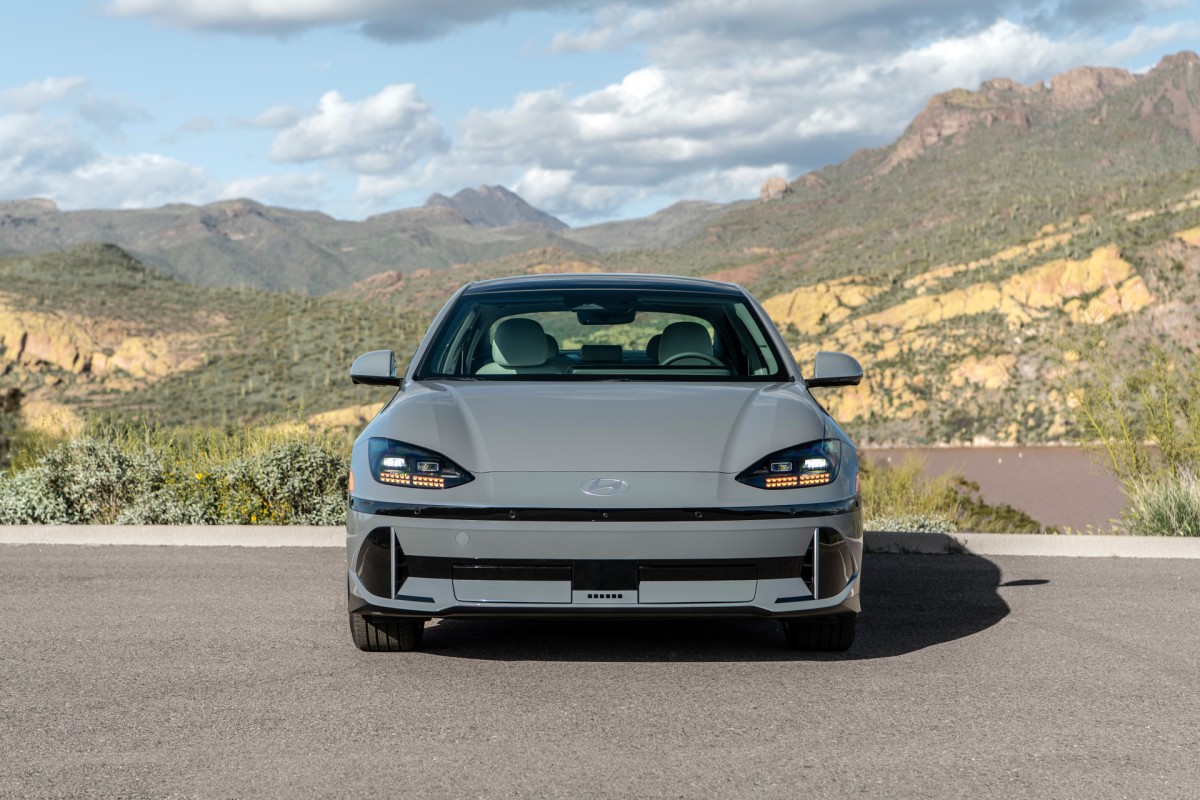
In a country where the top-selling vehicle is a 4,000-plus-pound Ford F-150 truck and a primary marketing metric is how fast a car can accelerate from 0 to 60 mph, hybrids can’t just get by on being less bad for the environment. “Automotive design and the products have always been about projecting something about yourself, whether it’s acknowledged or not. It’s always a projection,” says Michael Simcoe, SVP of global design at General Motors.
He says the technology that drives hybrid and electric vehicles is evolving to the point where cars can hit their environmental or mileage range goals while also giving customers the luxurious look they desire. The opportunities on the design side are only starting to reveal themselves. “It’s all very infantile in its state of development,” he says.
Simcoe equates this current moment of change with the 1920s, when the automotive industry really began to solidify. “Everyone thought they understood what an automotive form looked like, and it was largely a horse-drawn carriage because that’s where their heads were,” he says. “This wonderful thing—the gasoline-powered engine—could take the horses away but things looked the same.”
Hybrids are still competing against ICE vehicles for the time being, and playing to their established design norms—grilles, faces, big wheels, and bulky bodies. But as the ICE market share gradually slips, many expect that hybrid design will lean a bit more experimental and start to suggest the radically different forms cars can take in the era of EVs.
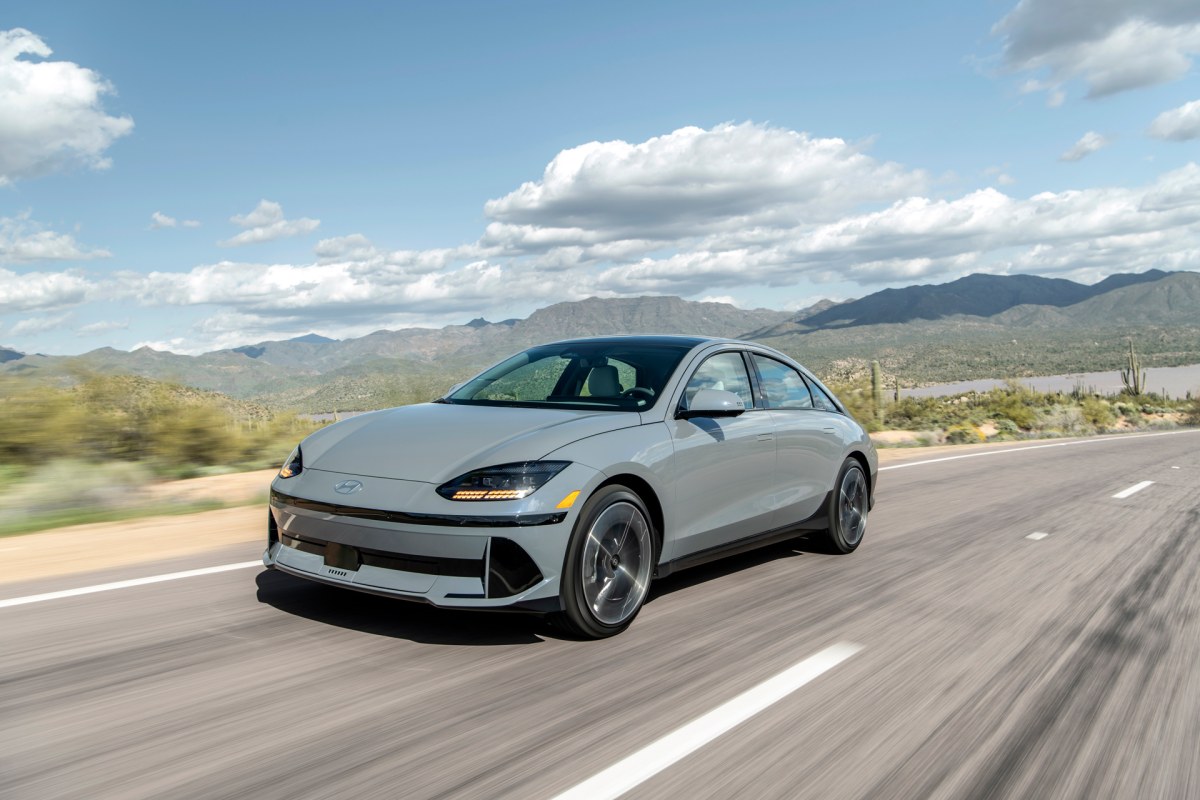
RADICAL DESIGN, BOTH OUTSIDE AND INSIDE
There are some baseline limitations to how far automotive design can be pushed. This is especially true for hybrids and electrics, where aerodynamics are a major determinant of a vehicle’s form. The smoother a vehicle travels through the resistance of air, the better gas mileage and battery range it can achieve. Optimizing for the aerodynamics can help reduce the range anxiety that has kept some people wary of electric vehicles, but it can also put a straitjacket on the designs.
“Aero is a science, and if you really did something that was truly the most aerodynamic, everything would literally look the same. So at some point you have to apply some art and some subjective decision-making,” says Hunter of Toyota.
These tight bounds have led some designers to look beyond the exterior for creative potential. “Not all projects, but some projects we take on we actually think about them inside out. From a packaging point of view, from an occupant point of view, from an experience point of view,” Hunter says.
That plays out differently in hybrids and electrics. EVs lack a big motor and drive chain channel, which enables designers to get more creative with how they use the interior space. “We’re looking at rearranging architecture, hardware, to different locations in the vehicle so we can open up more useful space for people and make it a more enjoyable interior experience,” Hunter says. With both a large battery and a big internal combustion engine, hybrids have less physical space to play with. But that large battery can also power an array of electronics that aren’t possible in EVs, from ever-larger screens at the console to customizable lighting in hundreds of colors.
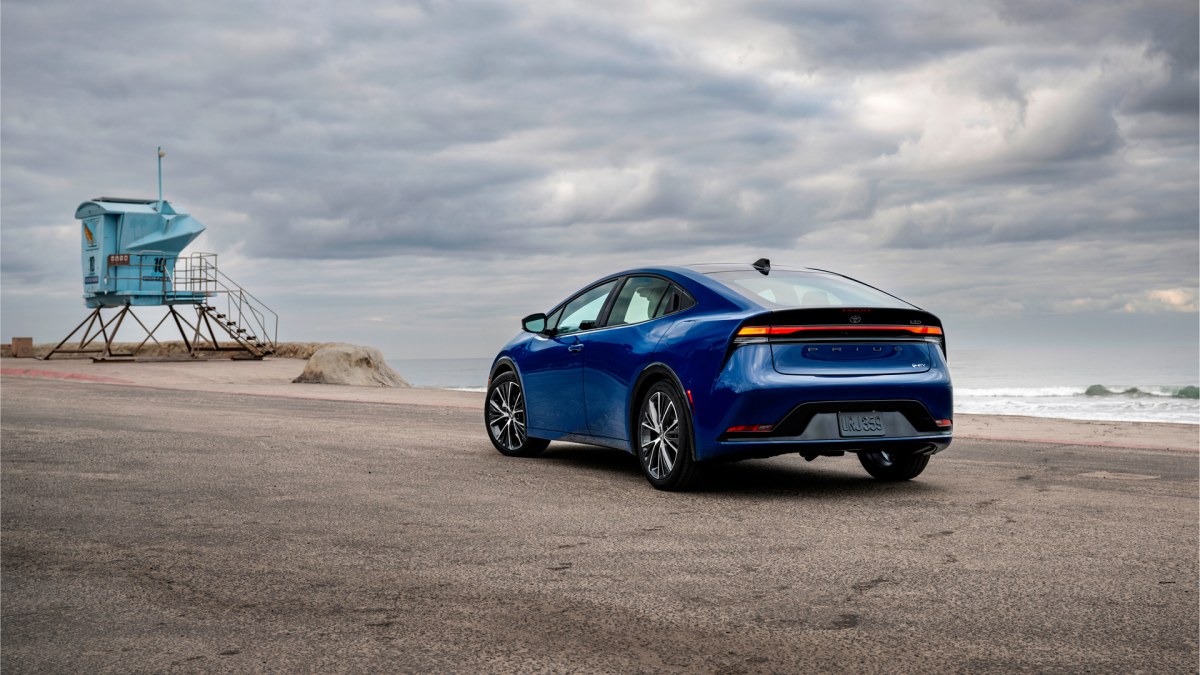
As battery technology evolves, designers may be able to move away from the basic skateboard format, with a wide, thick battery at the base of the car. William Chergosky, manager of interiors at Calty Design Research, says future batteries may be able to take different shapes and hide in other parts of the car, making even more room inside. “It’s uncharted territory for the consumer and what possibilities exist in a post-ICE automotive interior,” he says. “Right now I think everyone is just kind of scratching the surface of what those possibilities are.”
For now, hybrid design is set in its role as the stepping stone to this potential future, appealing to the expectations of the market while hinting at the forms to come. Even the once-dorky Prius is striking this balance with recent models that have lower profiles and sportier curves. “Prius has always maintained this level of futureness. It’s a much more refined version of itself. But the market . . . has gotten much more advanced looking,” Hunter says. “It’s not, like, shocking next to the market around it.”















